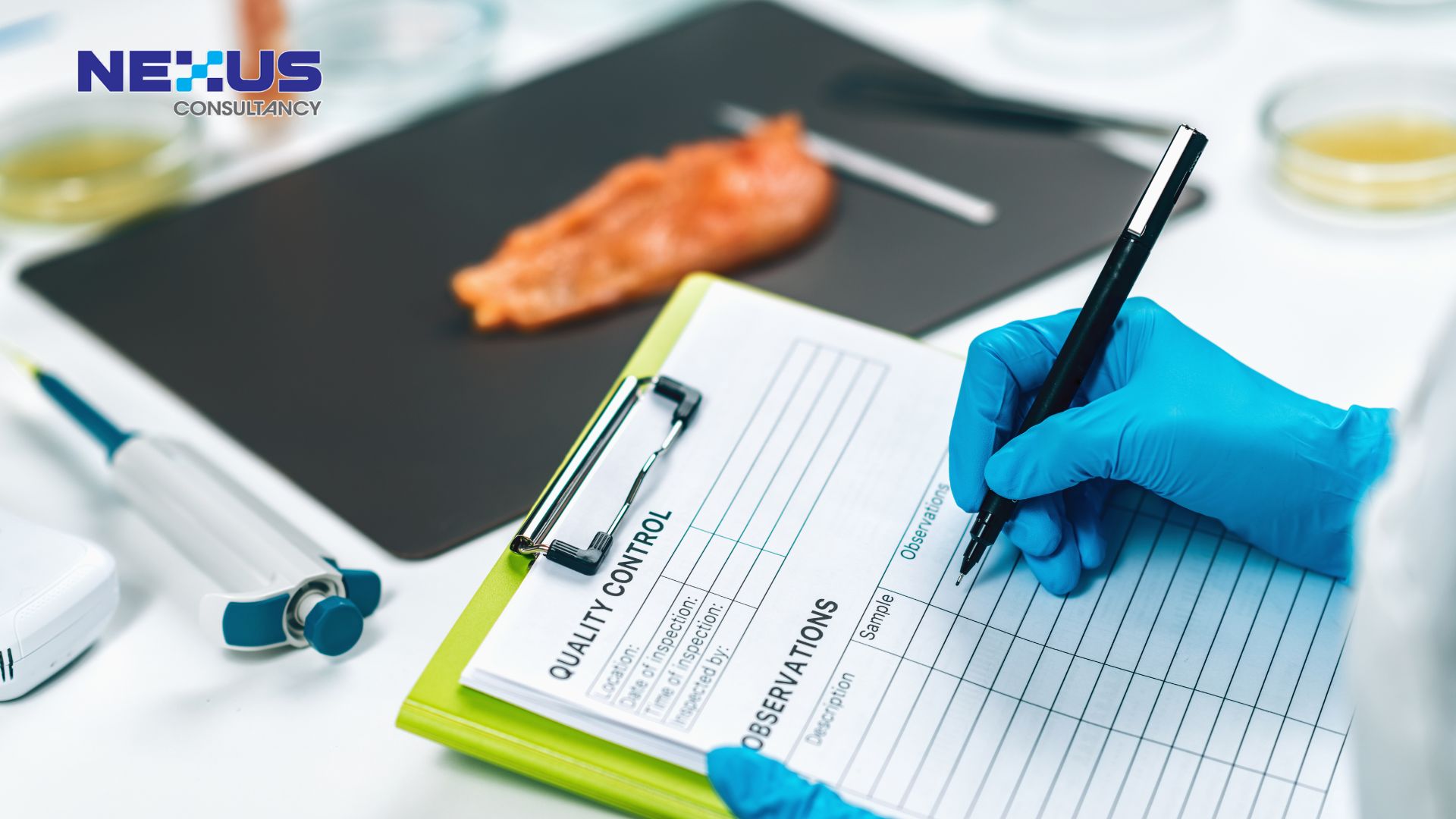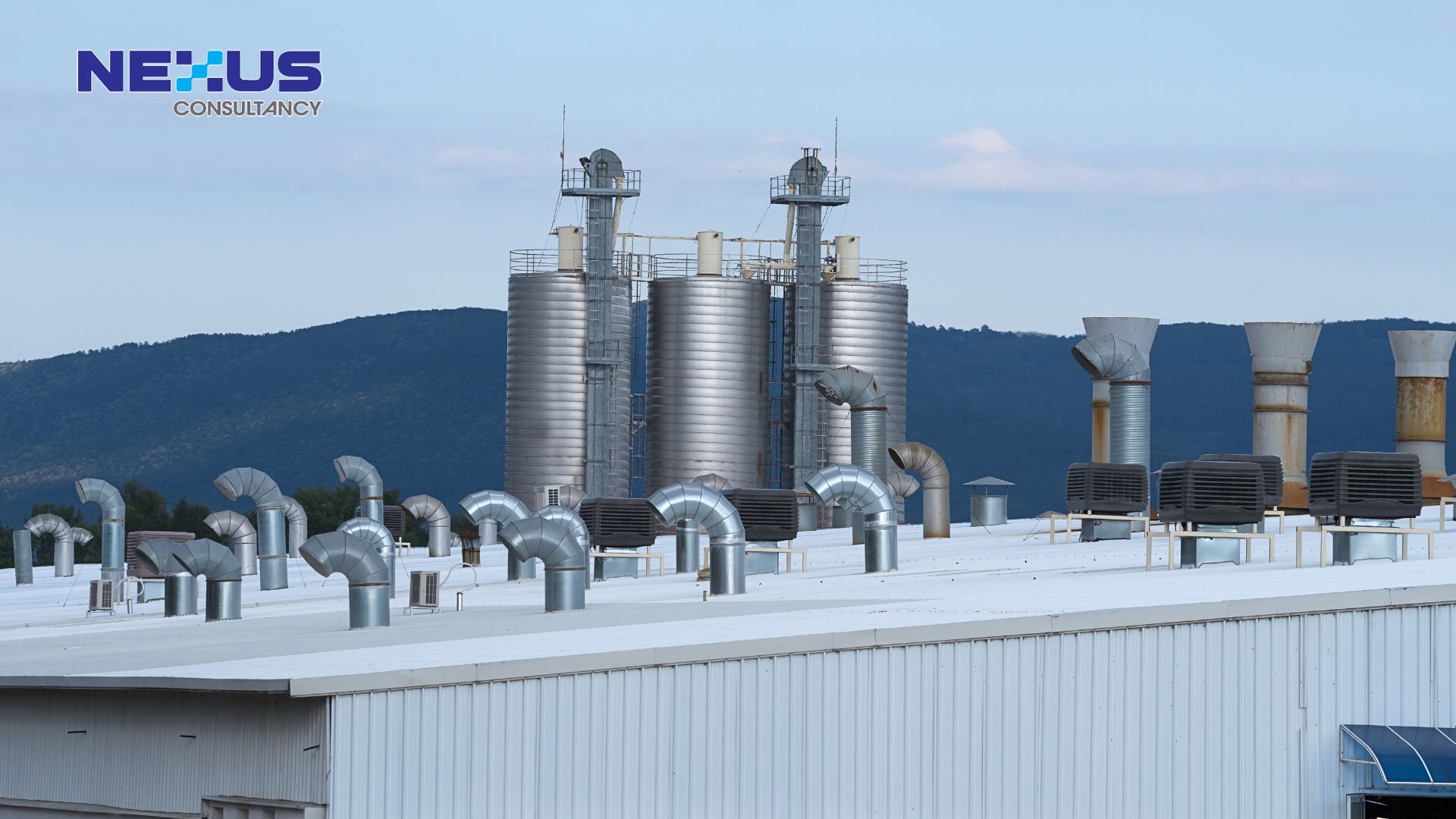
Danielle Tan
Chief Operating Officer
Optimize your GMP food safety strategy with expert guidance. Learn how to ensure food safety with compliant facility design, air quality control, and food hygiene compliance best practices.
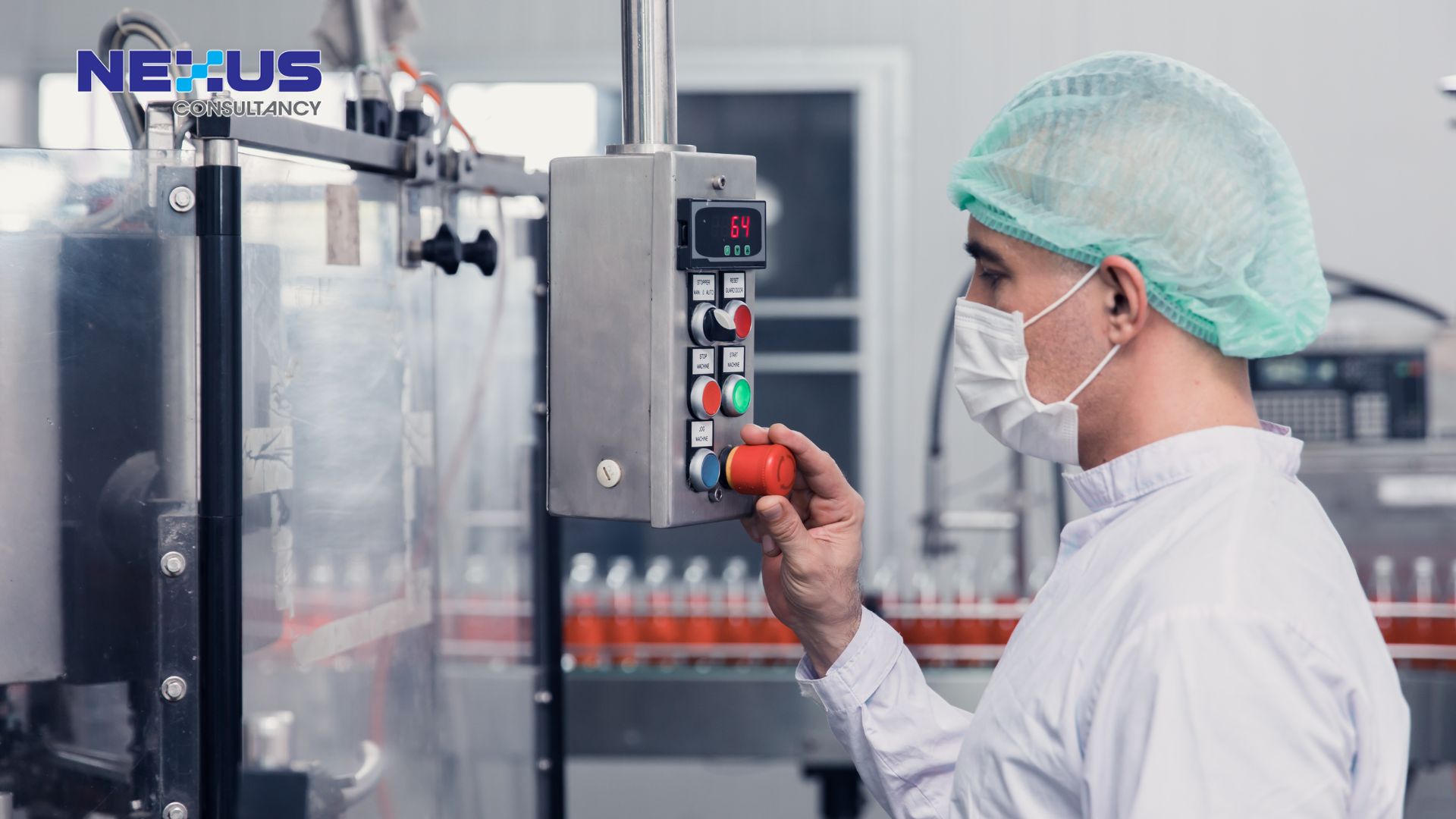
Ensuring food safety in manufacturing requires stringent adherence to Good Manufacturing Practices (GMP) and Food Safety Management Systems (FSMS). The design and construction of premises and facilities play a crucial role in preventing contamination, ensuring hygiene, and facilitating compliance with food safety standards such as MS 1514:2022 and ISO/TS 22002-1:2009. Implementing best practices in food safety compliance can help manufacturers streamline operations and maintain regulatory standards.
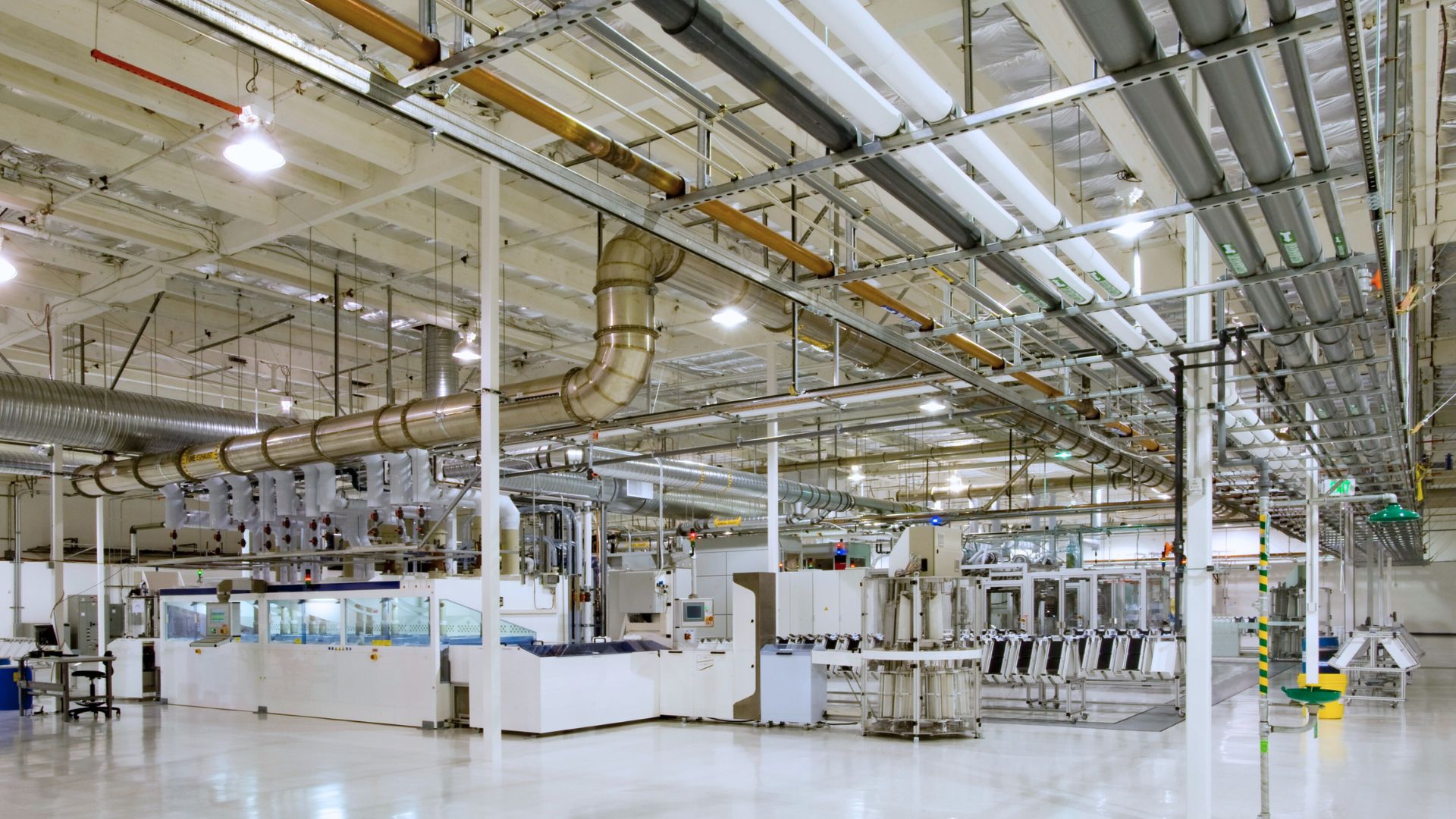
Key Design Considerations for GMP-Compliant Facilities
1.1 Location and Site Selection
The site selection of a food manufacturing facility directly impacts its ability to meet GMP food safety standards. According to MS 1514:2022, establishments must be strategically located away from pollution sources, flood-prone areas, and pest-infested environments. Similarly, ISO/TS 22002-1:2009 emphasizes contamination control from the local environment, including proper site drainage and restricted access. Ensuring a well-planned food production facility site can significantly reduce contamination risks.
1.2 Internal Design and Layout
A well-structured food manufacturing facility design prevents cross-contamination and promotes efficient workflow. As per GMP guidelines, food processing areas must:
– Ensure unidirectional flow of raw materials, processed food, and personnel.
– Use separation barriers such as walls, partitions, air curtains, or zoning techniques to segregate raw and processed food.
– Include dedicated areas for product testing, quarantine, and waste management.
1.3 Structural Integrity and Hygienic Materials
The materials used in construction should be durable, non-toxic, and easy to clean. ISO/TS 22002-1 outlines specific structural requirements, including:
– Smooth, impervious floors and walls to facilitate easy cleaning.
– Coved wall-floor junctions to prevent dirt accumulation.
– Non-absorbent surfaces for workstations and food contact areas.
Ensuring compliance with food industry hygiene standards is essential for maintaining a safe processing environment.
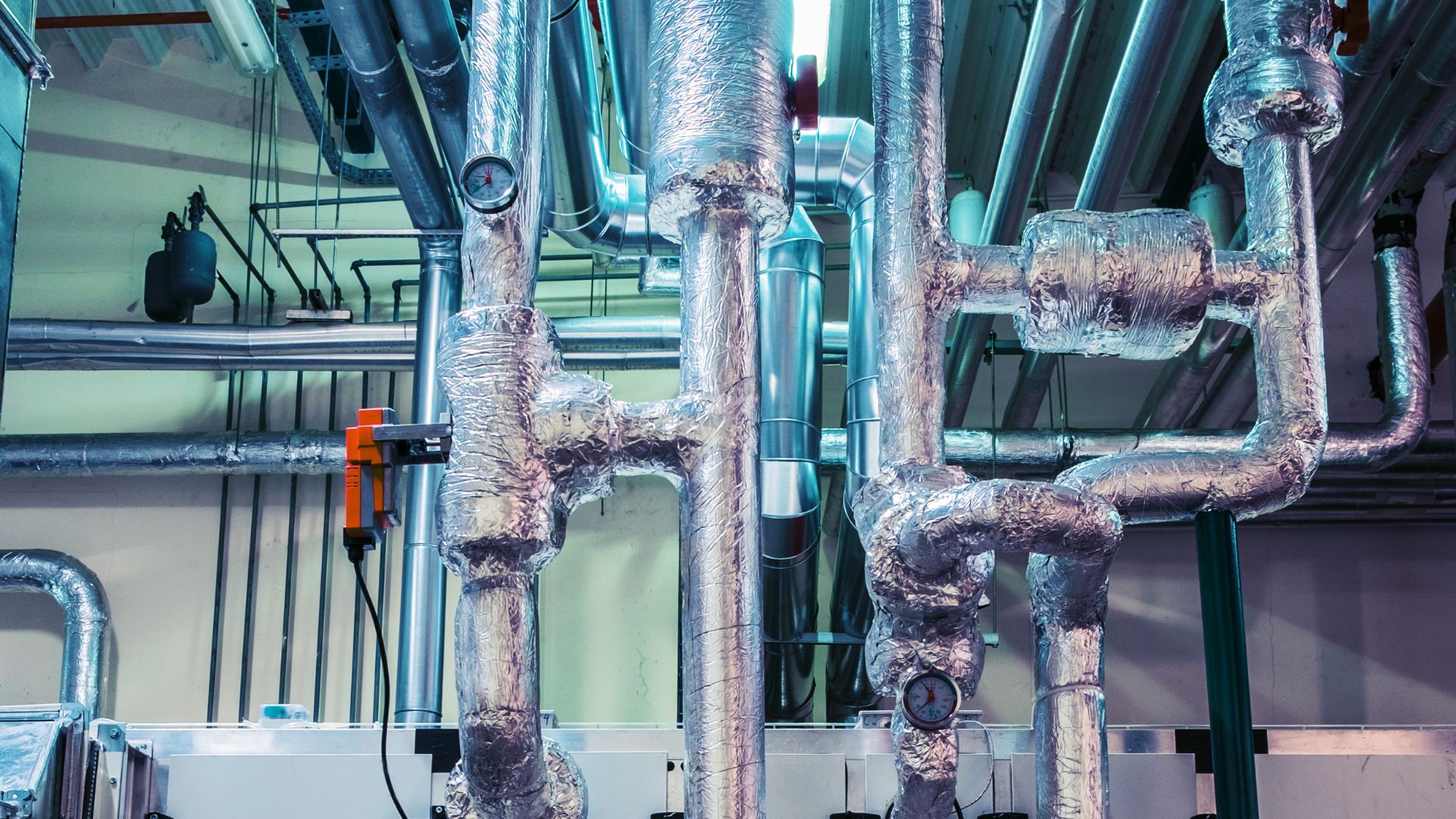
Facilities Supporting GMP Compliance
2.1 Air Quality and Ventilation
Proper ventilation is critical in controlling airborne contamination, dust, and condensation. MS 1514:2022 mandates:
– Air filtration systems to prevent microbiological contamination.
– Positive air pressure differentials to ensure airflow from clean to contaminated areas.
– Temperature and humidity control in storage areas to prevent mold growth.
Understanding how to ensure food safety through proper air quality management can significantly reduce contamination risks.
2.2 Water Supply and Drainage
Potable water is essential for food processing, cleaning, and sanitation. ISO/TS 22002-1 specifies:
– Separate pipelines for potable and non-potable water.
– Proper drainage systems with sufficient flow to prevent water stagnation and microbial proliferation.
Optimizing food processing water management ensures sanitary conditions and prevents contamination.
2.3 Cleaning and Waste Disposal Facilities
Hygiene and cleanliness are central to GMP compliance. Facilities should include:
– Dedicated handwashing stations with non-hand operated taps.
– Sanitization facilities for cleaning utensils and equipment.
– Proper waste disposal mechanisms to prevent pest infestations.
For those looking to understand how to comply with GMP standards, waste management and sanitation strategies should be a priority.

Role of Clean Room Facilities in GMP Compliance
A clean room food manufacturing facility is an advanced environment designed to eliminate airborne contaminants, control humidity, and regulate airflow. It enhances compliance with ISO/TS 22002-1 and MS 1514:2022 by addressing:
3.1 Microbial Contamination Control
– HEPA and ULPA filtration systems remove airborne particulates that can cause foodborne illnesses.
– Temperature and humidity regulation prevents microbial growth in sensitive products.
3.2 Cross-Contamination Prevention
– Controlled personnel access with gowning protocols and airlocks minimizes human-related contamination.
– Segregation of high-risk areas (e.g., raw vs. ready-to-eat products) through pressure differentials and partitioning ensures food hygiene compliance.
3.3 Compliance with Hygiene Standards
– Clean rooms integrate CIP (Clean-in-Place) and SIP (Sterilization-in-Place) systems for automated, validated cleaning procedures.
– Validated cleaning protocols ensure that all surfaces meet hygiene standards before production begins.
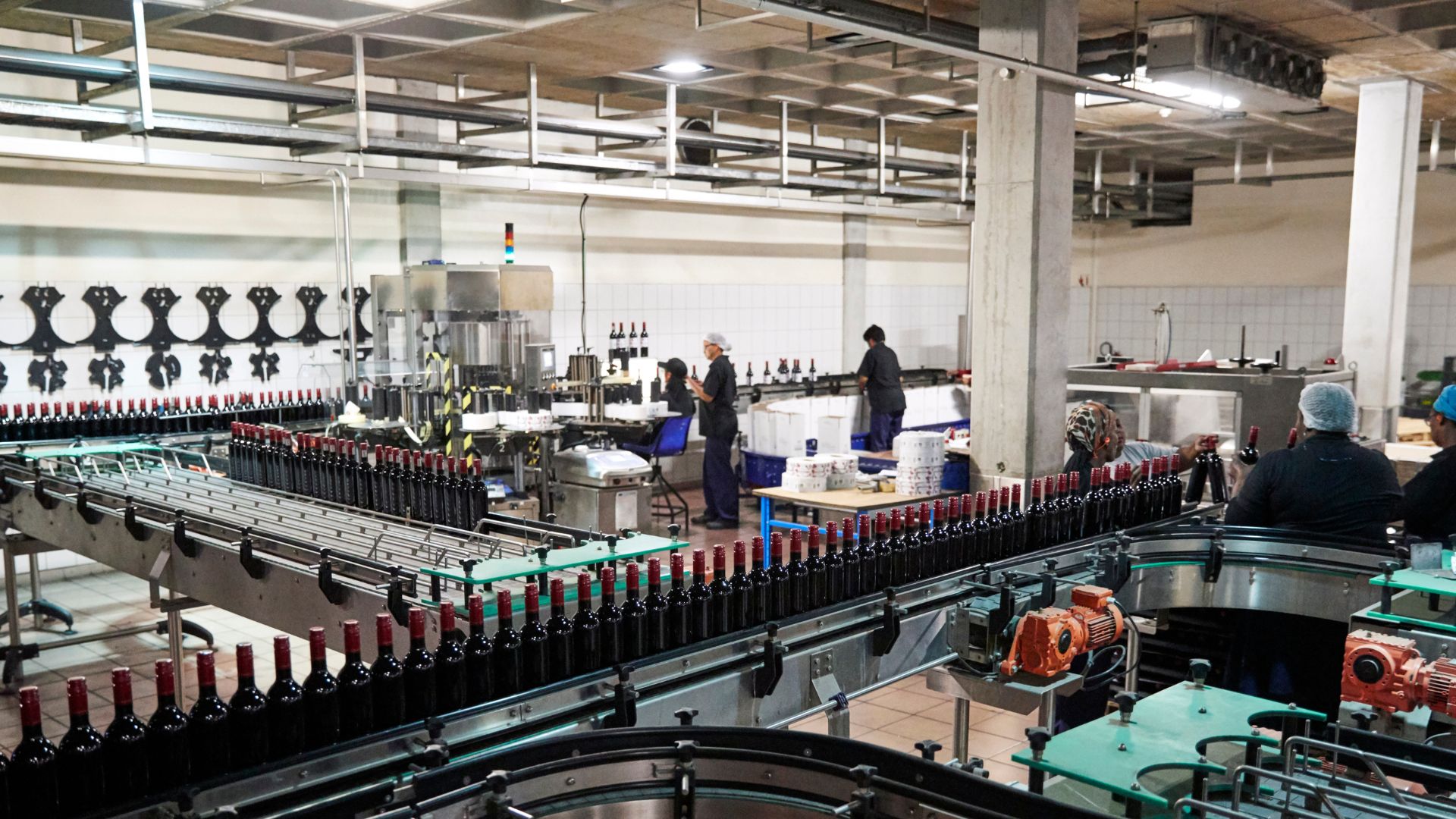
Conclusion
The food manufacturing facility design must align with GMP food safety and FSMS standards to ensure food safety, regulatory compliance, and consumer trust. Implementing clean room food manufacturing technology further enhances hygiene, prevents contamination, and supports compliance with MS 1514:2022 and ISO/TS 22002-1. By adopting industry best practices and maintaining high food safety compliance standards, food manufacturers can meet international safety regulations while ensuring product quality.
Let’s Build Something Incredible Together!
Got something on your mind? We’re ready to help you succeed—let’s talk! Follow us for exclusive updates and insights.

